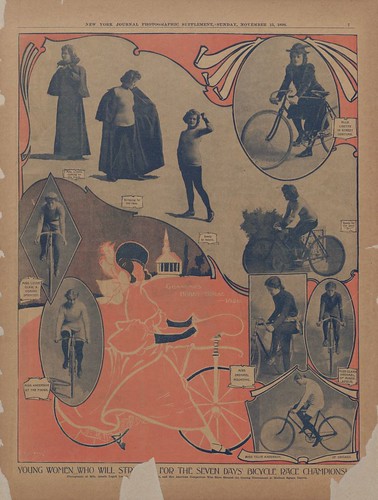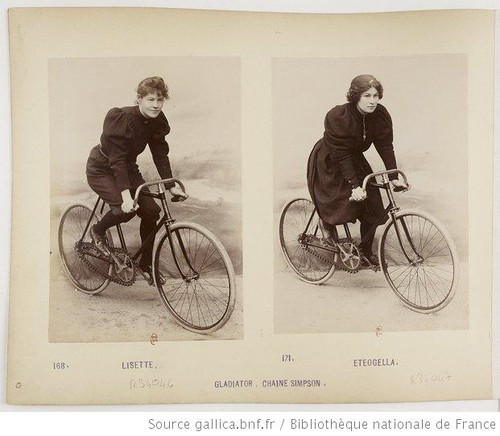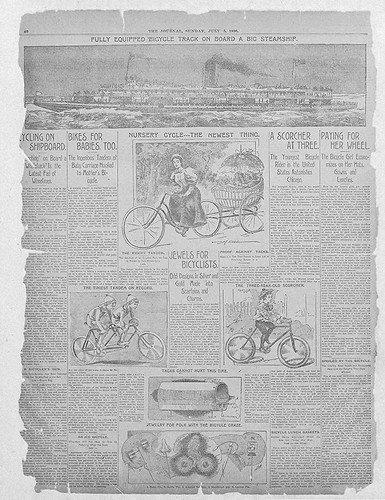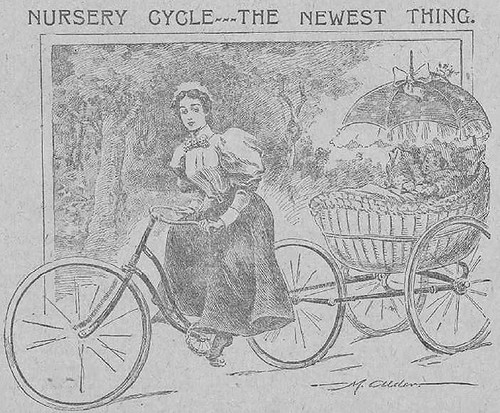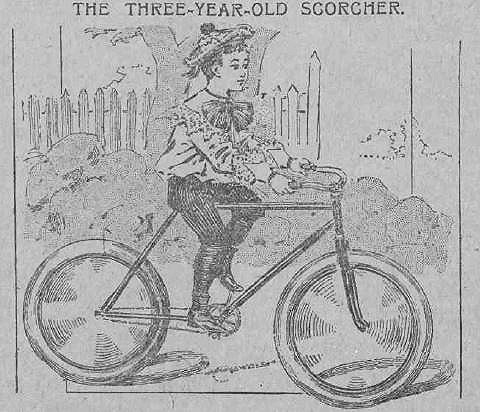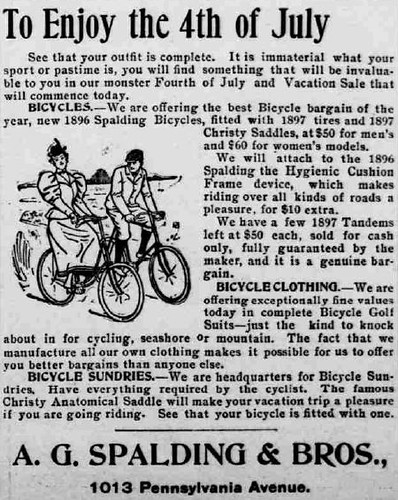The holiday themed advertising campaign is an American tradition - here is an example from a little over a hundred years for a July 4th bike sale:

From The Pioneer Express newspaper. (Pembina, Dakota [N.D.]), 27 June 1913. Chronicling America: Historic American Newspapers. Lib. of Congress.
chroniclingamerica.loc.gov/lccn/sn88076741/1913-06-27/ed-...
The marketing approach in the ad's text is amusing (or something) suggesting immediately the second class nature of cyclists to motorists by this time (1913):
We are giving away an electric automobile horn to the best decorated automobile in the proce ion on July 4th, but thee are no prizes to bicycle riders. So I have concluded to donate to new riders handsome presents in the prices of new wheels. . . . We have a shipment of new, standard bicycles which will be on sale July 4th, while they last at twenty per cent off the regular price. This includes the regular $22, $25, $30 and $35 kind, from the single tube to Dunlop and G. & J. tires and coaster break [i.e., brake]. We have seven new bicycles to dispose of at these prices, and no more, and they will be sold for cash only.
Probably seven bicycles for sale in 1913 was quite a few in 1913 in North Dakota. ?
With no connection to the previous other than that it was published in a digitized newspaper, here is an Uncle Sam graphic with him riding a bicycle to celebrate the Fourth of July:
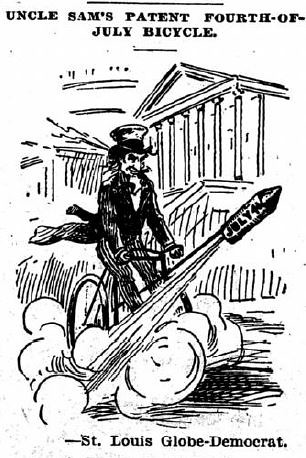
From the Willmar Tribune newspaper. (Willmar, Minn.), 29 June 1897. Chronicling America: Historic American Newspapers. Lib. of Congress.
chroniclingamerica.loc.gov/lccn/sn89081022/1897-06-29/ed-...
It would seem this was originally published in the St. Louis Chronicle but was republished in this Minnesota paper.
